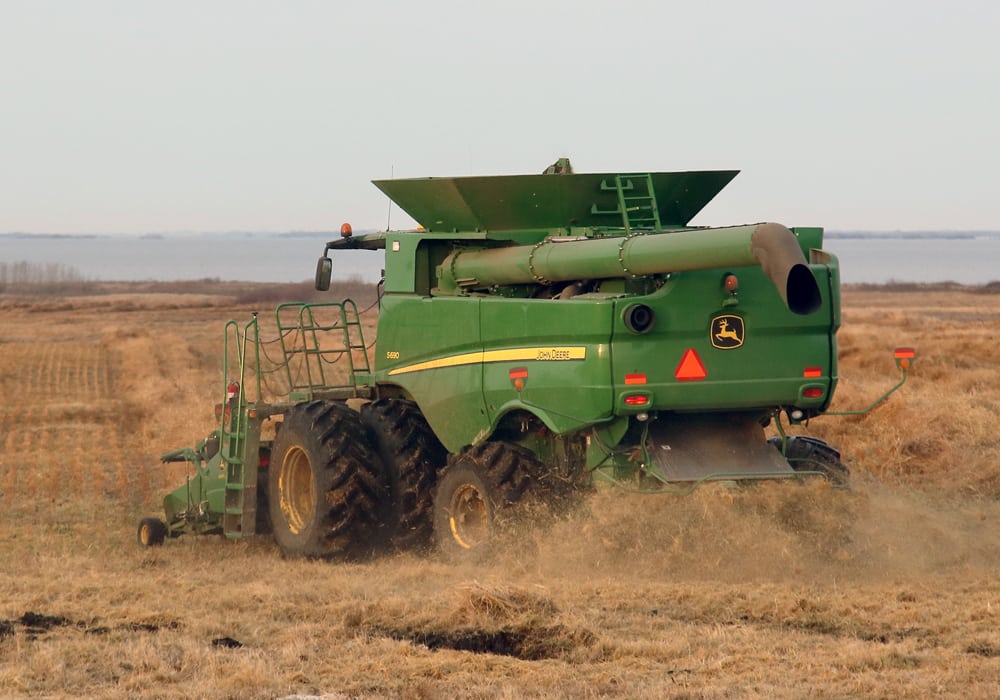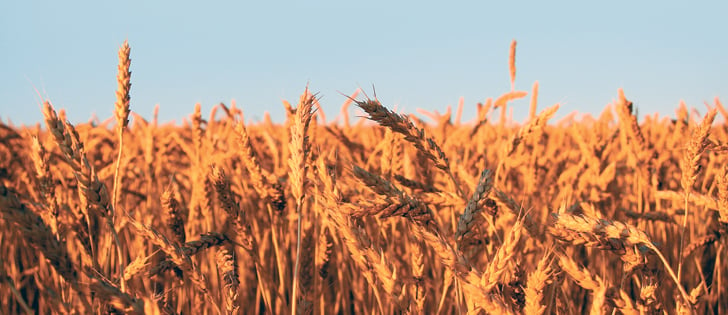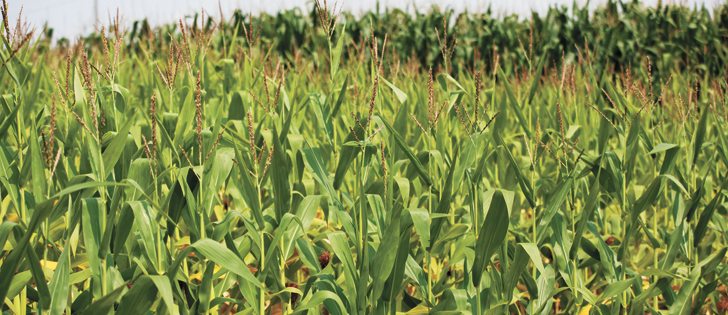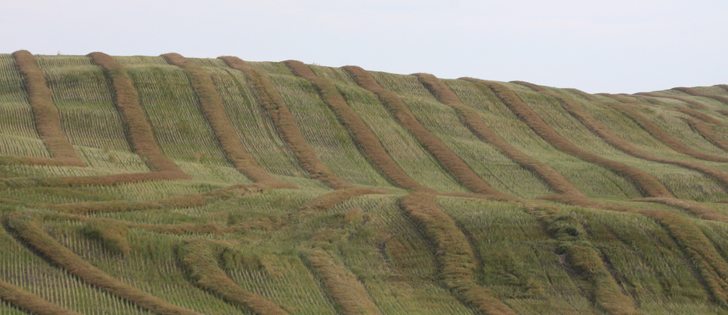Production | Official expects protein levels of North American wheat to vary
North America’s spring wheat harvest is still in its infancy, but it appears there won’t be an overabundance of good quality milling wheat.
“There’s certainly very high odds that we’re going to have wider protein spreads than last year or the last couple of years,” said Jim Peterson, marketing director for the North Dakota Wheat Commission.
Late-August rain has threatened the quality of the U.S. crop.
“Farmers are getting very anxious and end users are (too),” he said.
Read Also

Volatile temperatures expected for this winter
DTN is forecasting a lot of temperature variability in the Canadian Prairies this winter. Precipitation should be close to average.
Peterson thinks perception might be worse than reality in this case because a good chunk of the crop wasn’t mature enough to have experienced significant quality issues.
“In terms of relegating a lot of it into feed quality like happened in the (European Union), I would say it’s certainly too early for that,” he said.
However, there is little doubt recent rain caused yield and quality damage to a crop that was already struggling with quality issues.
Early harvest results indicate this could be a bad year for protein.
Peterson anticipated there will also be high vomitoxin levels and low falling numbers.
It will add up to what is turning out to be a scarcity of milling quality wheat this year.
The U.S. hard red winter wheat crop averaged a No. 1 quality and 13.3 percent protein, which is above the normal range of 12 to 12.5 percent.
However, it was a small crop, and U.S. millers are having a difficult time getting their hands on what winter wheat is available because of ongoing rail transportation problems.
The European Union harvested a poor quality crop. Frequent July rain downgraded the wheat in France, which is the largest producer of milling wheat in the EU and a major exporter. Problems were also reported in the Czech Republic, Bulgaria and Romania.
Peterson said France produces low protein soft wheat, which does not typically compete head-to-head with North American spring wheat.
However, he anticipated European millers will be filling the void with good quality milling wheat from around the world.
“What we’re hearing from customers over there, Italy and others, is they’re going to be looking for some U.S. and Canadian spring wheat to help fill some of those holes,” he said.
The EU has stiff import tariffs for low protein wheat, but the penalty isn’t as harsh for wheat with higher protein content.
Peterson expects the premium for high protein wheat to increase as harvest progresses in North America and the European demand materializes.
However, it all depends on how the crop turns out, and with so little in the bin, it is difficult to have more than a hunch about crop quality.
“It’s kind of hard to tell what the whole book will say when you’re stuck in the first two chapters,” he said.
















